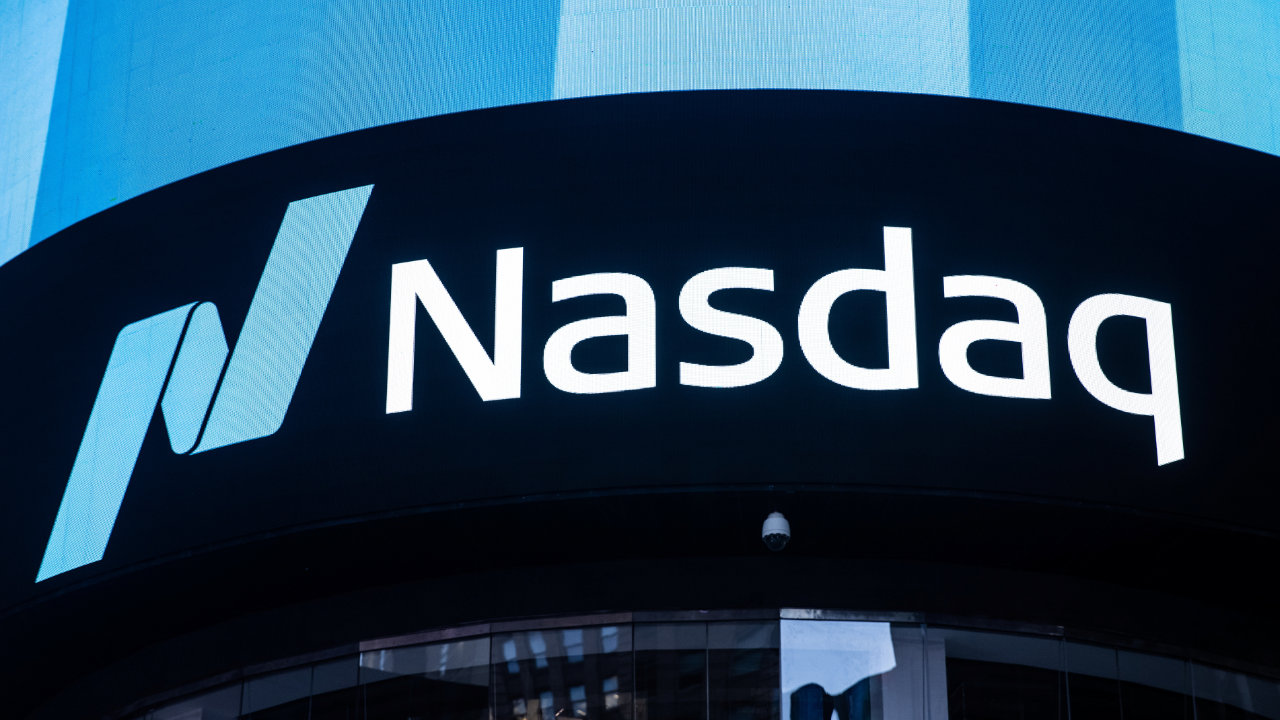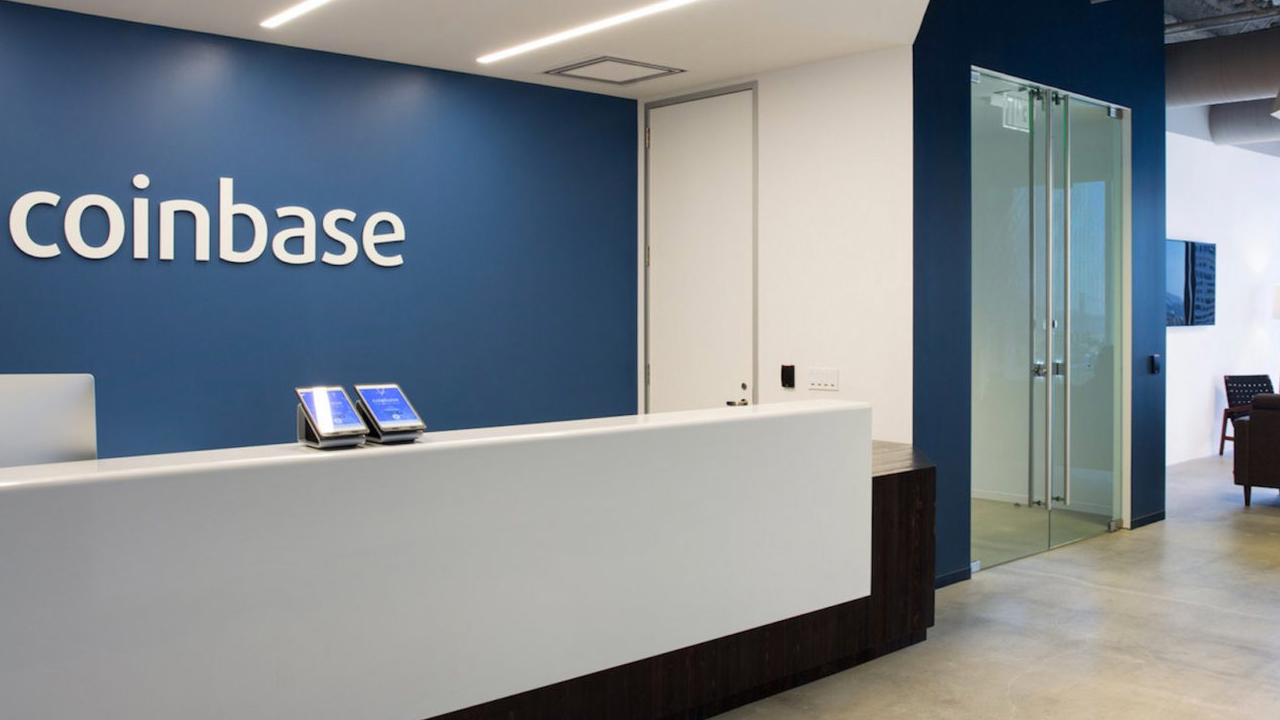
2022 is shaping up to be the year for Web3. KuCoin, Framework Ventures and CoinDCX have all made a splash in this emerging paradigm.
“Web3” used to be an empty industry buzzword that described the next iteration of the internet. In 2022, Web3 is still an annoying buzzword, but at least the blockchain community is trying to assign it real-world utility.
This week’s Crypto Biz newsletter features several major funding rounds dedicated to building the Web3 economy. After reading through the stories, you can decide whether we’re actually getting closer to defining Web3. Oh, and remember all the buzz surrounding Special Purpose Acquisition Companies, or SPACs? A crypto-focused SPAC just closed an initial public offering on the Nasdaq, raising $115 million in the process.
Framework Ventures allocates half of $400M fund to Web3 gaming
Remember DeFi Summer 2020? Well, venture capitalists are gearing up for Web3 Summer 2022. That should help numb the crippling pain of 2021’s Summer of Wyckoff. Framework Ventures is anticipating big things for the space. This week, the venture firm announced that it would invest $200 million of a new $400 million fund in Web3 gaming projects. Now for the hard part: How do they identify the next Axie Infinity? Framework was an early investor in Chainlink, Aave and The Graph, so it knows how to spot gems very early.
KuCoin-backed companies launch $100M Web3 developer fund
I used to associate KuCoin with endless shitcoin listings, but the exchange is a lot bigger than I thought. Not only does KuCoin have its own venture arm, but it’s also rolling out a new NFT marketplace called Windvane. KuCoin Ventures and Windvane have co-launched a $100 million “Creators Fund” to help fund — you guessed it — Web3 projects. If we’re going to be technical about it, the Creators Fund wants to target NFT startups that are contributing to the development of Web3. Projects at the intersection of art, sports and GameFi are eligible to receive funding.
Crypto exchange CoinDCX raises $135M funding to support Indian Web3
For all the uncertainty surrounding India’s cryptocurrency laws, the country is becoming quite the hotbed for digital asset investing. This week, local exchange CoinDCX became India’s first crypto-centric business to complete a Series D funding round, raising $135 million to support various Web3 initiatives. While it’s not entirely clear how the funding will be used, CEO Sumit Gupta said India has the opportunity to become a leader in the Web3 economy. Gupta also told local news outlets that Web3 will only add to India’s financial system.
Crypto-focused SPAC raises $115M in Nasdaq IPO
A SPAC by the name of Aura FAT Projects Acquisition Corp recently launched its initial public offering (IPO) on Nasdaq, raising $115 million with a focus on crypto industry assets. The IPO was actually oversubscribed by $15 million, which tells you all you need to know about the institutional appetite for all things crypto. Aura FAT is eyeing strategic acquisitions in the blockchain sector, focusing on Web3 (there it is again), digital ledger technology (DLT), e-gaming assets and crypto more generally. Wait until you read about the SPAC’s geographical presence.
Don’t miss our portfolio reveals!
What does your crypto bag look like? In this week’s The Market Report, Cointelegraph analysts revealed their crypto holdings. Full disclosure: I’m a hardcore Bitcoiner because I believe Bitcoin (BTC) is the best monetary alternative we have in the age of rapidly inflating fiat. But, my fellow analysts Jordan Finneseth and Benton Yuan have a much different take. You can watch the full replay below.
Crypto Biz is your weekly pulse of the business behind blockchain and crypto delivered directly to your inbox every Thursday.










